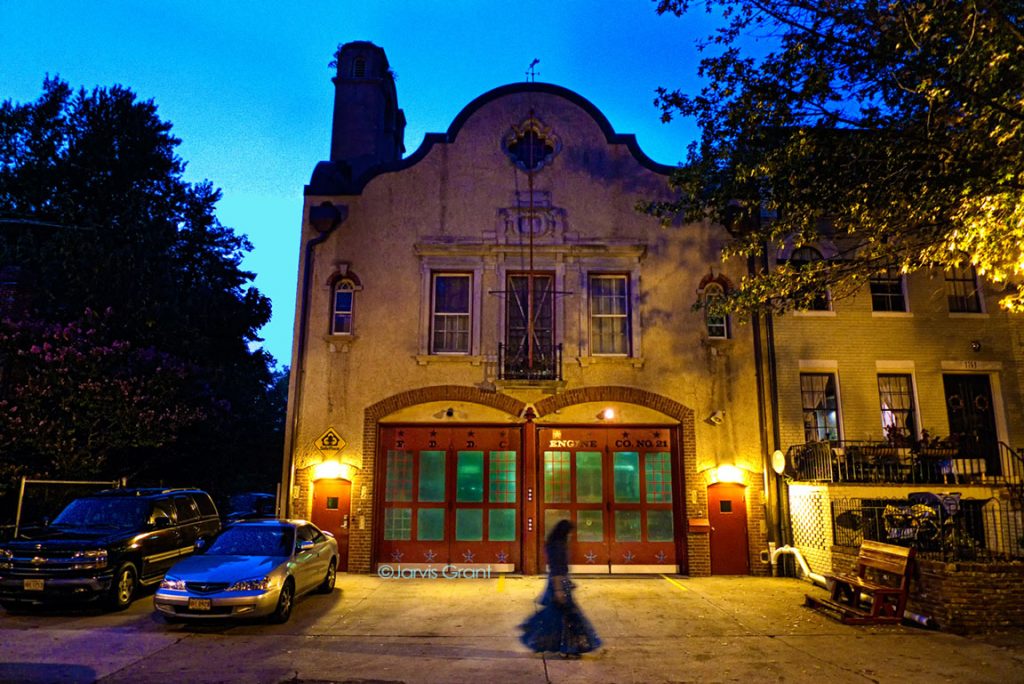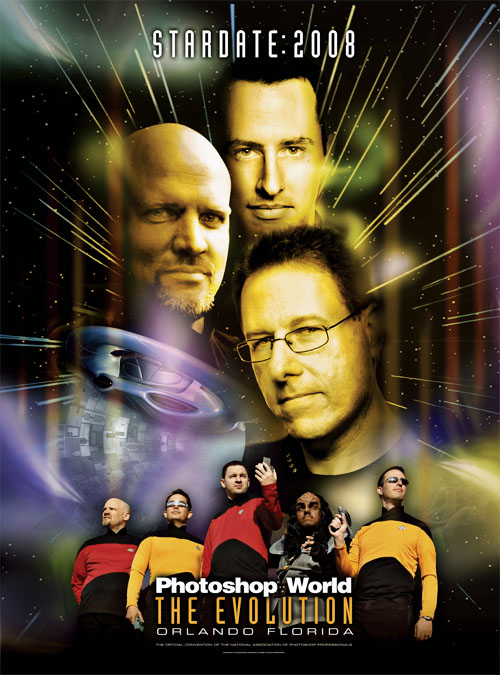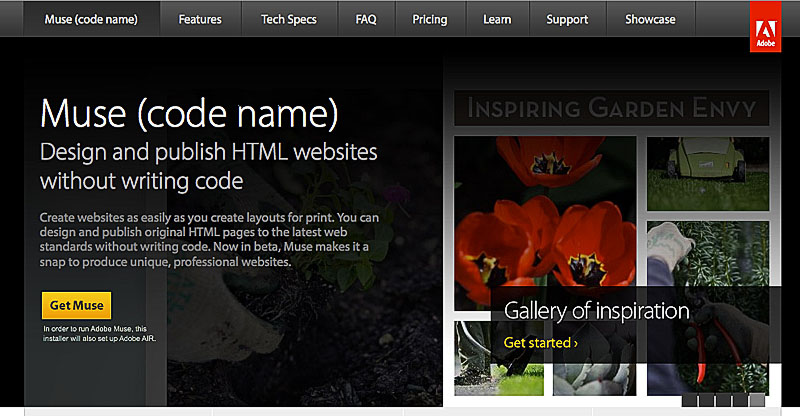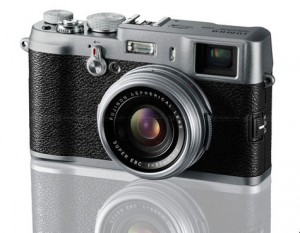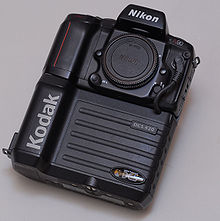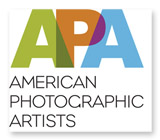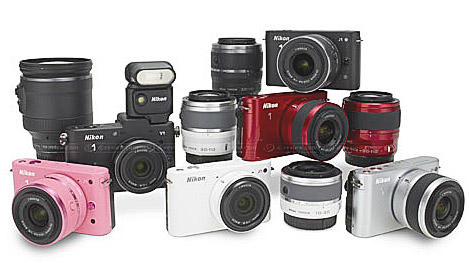
The Nikon1 Series Family of Products
Nikon has introduced the Nikon 1 camera system. Not to be out done by Olympus, Panasonic, and Ricoh, Nikon has produced a small sensor, mirrorless, interchangeable lens camera system. These cameras are targeting photography enthusiast who want to actually learn photography and step-up from their point & shoot camera. The system is also trying to woo pro photographers who want a serious camera with interchangeable lens that don’t weigh a ton and are small & agile.
First there’s the Nikon J1. This 10 megapixel camera is design with the photo enthusiast in mind. It’s got a bunch of pro features, yet its interface is closer to the familiar point & shoot model this photographer may be used to. It also has a couple of “dangerous” features! I consider a feature dangerous when the camera ports to be smarter than the human being using it. One such feature is , Smart Photo Selector. If you’re too dumb to choose which shot is best, the camera will make the selection for you! The subject’s head is down or turned from the lens? Hmmm…that must be a mistake! Let’s (the camera) delete it. Nikon marketing experts say, “With a single touch using Smart Photo Selector there are no more imperfect photos.” Yeah, right. Well, if you want it comes in different colors, like pink, with lenses to match!
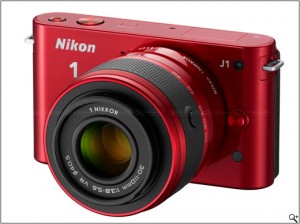
Nikon 1 J1 in Red
Ok, next is the big brother , the Nikon 1 V1. Again this is a 10 megapixel camera with a few extra “pro” features. It has an electronic viewfinder, a hot shoe, Nikon i-TTL flash metering utilizing the Nikon Creative Lighting System, with both an electronic & mechanical shutter with speeds as low as 30 seconds, and the option of adding an external mic when shooting HD video. It looks to be quite interesting. At least on paper. Only comes in black, thank God!
Both cameras have the new Nikon CX sensor. This sensor is smaller that the Nikon DX sensor and the four-thirds senor. Yet, it’s bigger than the normal point & shoot camera sensors. This should up the ante on image quality without packing in a bunch of false megapixel numbers. At least for the time being. Both cameras also shoot HD 1920 X 1080/60i video with a HDMI output, but no HDMI cable in the box. They also come with Nikon’s low end viewer software which can “edit” stills and video. Hey Nikon you could have done a little better here. Like offer Adobe Photoshop/Premier Elements. Or offer a stand alone computer capture module. Oh well!
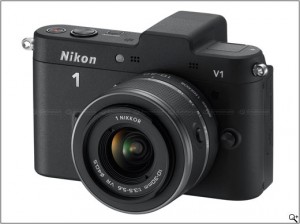
Nikon 1 V1 in Basic Black
Still there’s one feature these cameras have that I think is really cool, The Motion Snapshot. With the Motion Snapshot, when you take a picture it captures a tiny video. It reminds of Star Trek Voyager, where they had digital picture frames that had just a little bit of motion to them. Pretty slick!

The orange rectangle is the Nikon CX Sensor
Now, I’m a Nikon shooter. I first real camera was a 1965 Nikon F. I’ve always bought Nikon, until my first point & shoot Nikon. It was a piece of junk. Than I bought a second one a bit higher on the food chain, it was a piece of crap too. Both cameras just simply fell apart From that I said “Never again!”. My final point & shoot 35mm camera was a Leica Mini-Lux Zoom. Now that was (and still is) a camera! Then I experimented. I bought some Nikon CoolPix for my school (Ellington School of the Arts in DC). Was not impressed. So now, I’m looking for an interchangeable small digital camera and this Nikon1 V1 could be it. But if Nikon has come up with this, Canon can not be far behind. Both Nikon and Canon, who are the traditional Camera Giants, are still playing technology catch-up with, the new kids on the block, Olympus (who’s not that new!), Panasonic, Sony and Ricoh. Hey, things are starting to get interesting!
